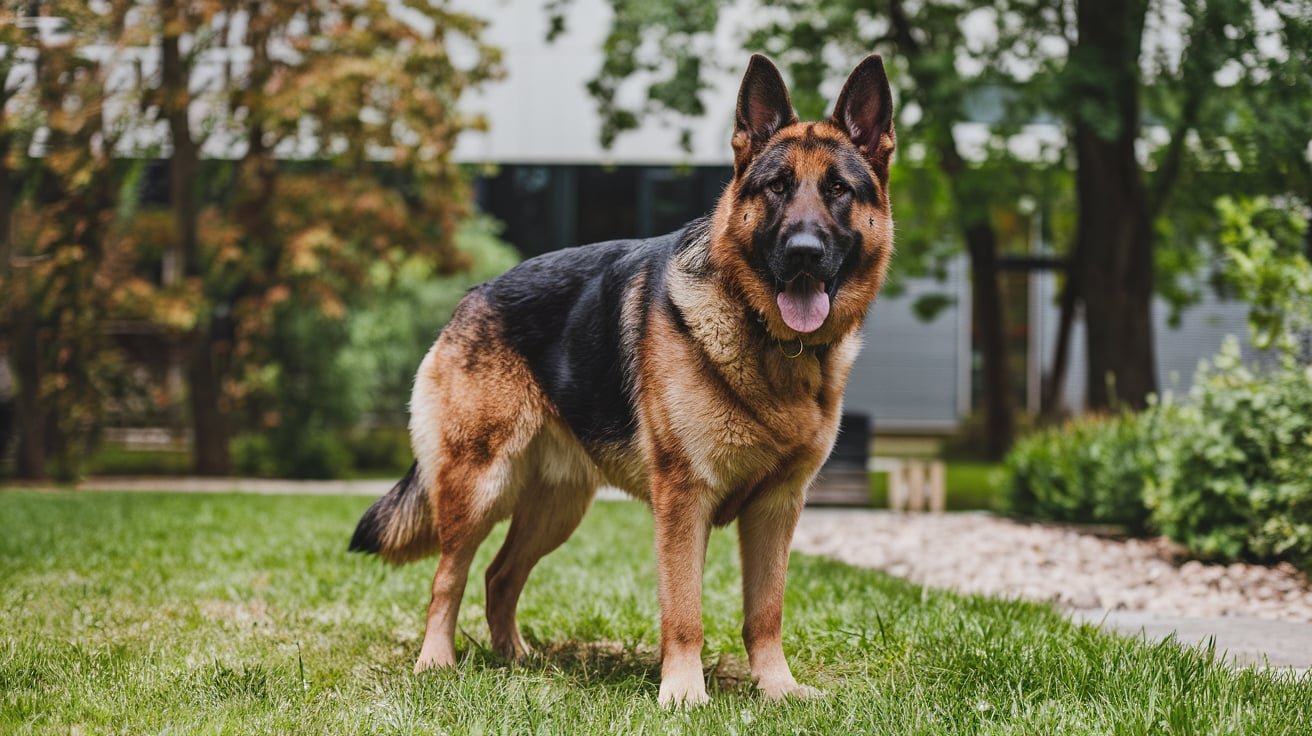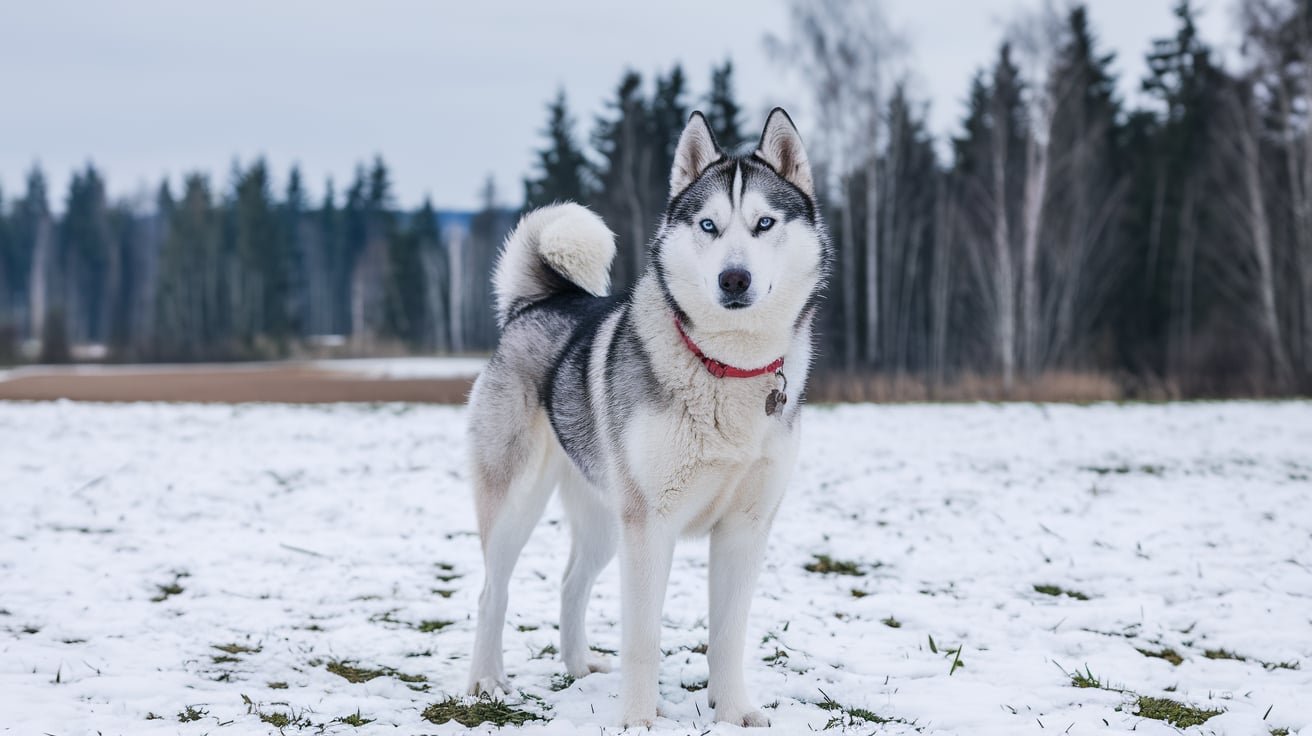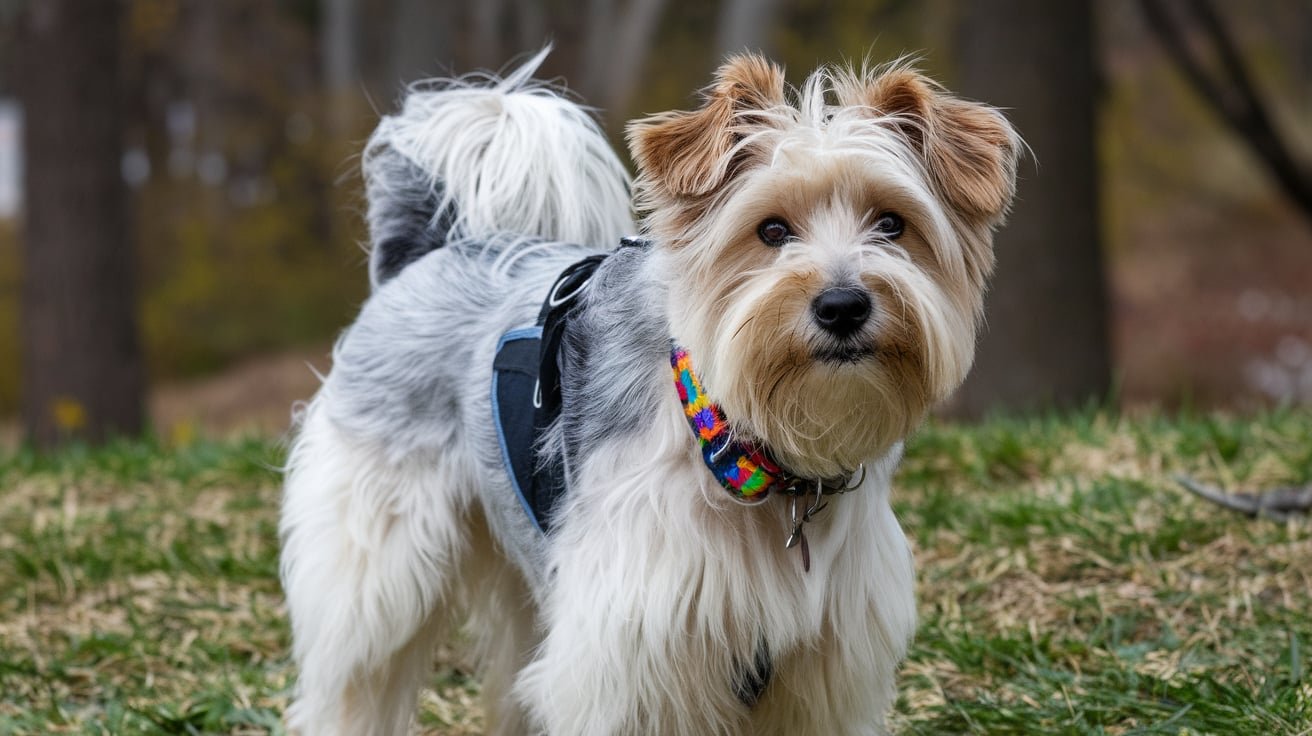My Dog is Shaking and Acting Weird All of a Sudden: What’s Going On?
My Dog is Shaking and Acting Weird All of a Sudden. If your dog suddenly starts shaking and acting weird, it’s natural to feel worried. You may be wondering if they’re in pain, scared, or experiencing something more serious. Understanding what could be causing this behavior is crucial for ensuring your dog gets the right care. In this article, we’ll explore common reasons why dogs might shake or act strangely out of nowhere. We’ll also offer step-by-step advice on how to respond and when to seek professional help.
My Dog Is Shaking and Acting Weird All of a Sudden?
Dogs can shake or behave oddly for many reasons, ranging from mild issues like cold weather to serious health concerns. Here’s a breakdown of some of the most common causes:
1. Anxiety or Fear
Dogs are sensitive to changes in their environment, and anxiety is a frequent cause of sudden shaking. Loud noises, like thunderstorms or fireworks, are common triggers. Even a new visitor in the house or an unfamiliar situation can make your dog feel nervous.
I once had a friend with a small dog named Bella. She would start trembling and hide under the couch every time a thunderstorm rolled in. Bella’s shaking wasn’t due to pain but sheer anxiety.
Tip: If your dog shakes during stressful events, consider calming products like pheromone sprays or anxiety wraps, which can provide comfort.
2. Cold Weather
Small breeds and dogs with short coats are particularly vulnerable to cold temperatures. If your dog is shaking, check to see if they might simply be cold. Providing them with a warm blanket or a cozy dog sweater could be all they need.
3. Pain or Injury
Shaking can also be a sign that your dog is in pain. This could result from a hidden injury, arthritis, or even an internal issue. Dogs might also act weird by pacing, whining, or refusing to lie down comfortably. If your dog’s behavior changes suddenly and you suspect pain, it’s time to visit the vet.
4. Nausea
Just like humans, dogs can feel nauseous due to stomach issues, car sickness, or eating something they shouldn’t. Shaking combined with vomiting, drooling, or a lack of appetite could indicate an upset stomach. Motion sickness or a bad reaction to certain foods are common culprits.
Tip: Offering a bland diet or using anti-nausea medication (prescribed by your vet) can help your dog recover faster.
5. Poisoning or Toxicity
If your dog ingests something harmful, like certain plants, chocolate, or household chemicals, they could start shaking as a reaction. Other symptoms might include drooling, vomiting, and confusion. Poisoning is a medical emergency, so don’t wait—get to the vet immediately.
6. Canine Distemper
Distemper is a viral disease that primarily affects puppies and unvaccinated dogs. It often begins with symptoms like eye discharge, fever, and loss of appetite, eventually leading to shaking and seizures as it progresses. Vaccination is the best prevention against this serious illness.
7. Seizures
Seizures can sometimes look like shaking or trembling. They may occur due to epilepsy, brain injuries, or exposure to toxins. Dogs experiencing seizures may also exhibit abnormal behavior before or after the episode, such as confusion or disorientation.
What Should You Do If Your Dog is Shaking and Acting Weird?
Now that we’ve covered some of the potential causes, let’s move on to what steps you should take if your dog starts exhibiting this behavior.
Step 1: Stay Calm and Observe
First, remain calm. Dogs are incredibly in tune with their owners’ emotions, so panicking can worsen their anxiety. Observe your dog closely-look for additional symptoms like vomiting, limping, or unusual behavior.
Step 2: Check the Environment
Look around to see if anything could be triggering your dog’s anxiety. Loud noises, unfamiliar visitors, or changes in routine might be causing their stress. If it’s cold outside, check whether your dog is simply shivering due to the temperature.
Step 3: Offer Comfort and Warmth
If anxiety seems to be the issue, move your dog to a quiet space and offer comfort. Calming music, their favorite blanket, or anxiety wraps like the Thunder Shirt can work wonders. If your dog is cold, consider providing extra warmth through blankets or dog sweaters.
Step 4: Monitor for Signs of Pain or Illness
If your dog’s shaking is accompanied by other symptoms like limping, whining, or a loss of appetite, it’s essential to contact your vet. Pain, nausea, or poisoning can escalate quickly and require professional treatment.
Step 5: Seek Veterinary Attention if Symptoms Persist
If the shaking continues or if your dog starts showing more concerning symptoms, such as vomiting, seizures, or extreme lethargy, it’s time for a vet visit. In some cases, shaking and strange behavior can signal a serious condition that requires immediate care.
How to Prevent Future Episodes
While you can’t control every aspect of your dog’s environment, there are steps you can take to reduce the likelihood of future episodes:
- Regular Vet Checkups: Routine health checks can catch underlying conditions early, preventing them from becoming serious.
- Manage Anxiety: For dogs with known anxiety triggers, using calming supplements or pheromone diffusers during stressful times can make a difference.
- Proper Diet and Hydration: A well-balanced diet and adequate hydration reduce the risk of nausea and other health issues.
- Temperature Control: Keep your dog warm in cold weather and avoid leaving them in environments that are too chilly for extended periods.
Conclusion
My Dog is Shaking and Acting weird all of a Sudden can be alarming, but understanding the possible causes and taking swift action is the best way to protect their well-being. Whether it’s something minor like anxiety or a sign of a more serious issue, knowing how to respond ensures your dog gets the care they need.
Don’t hesitate to reach out to a veterinarian if you’re ever unsure. With the right attention and care, most of these situations can be managed or resolved, helping your dog feel safe, comfortable, and happy once again.



